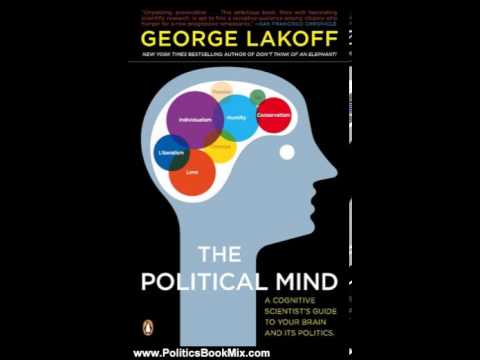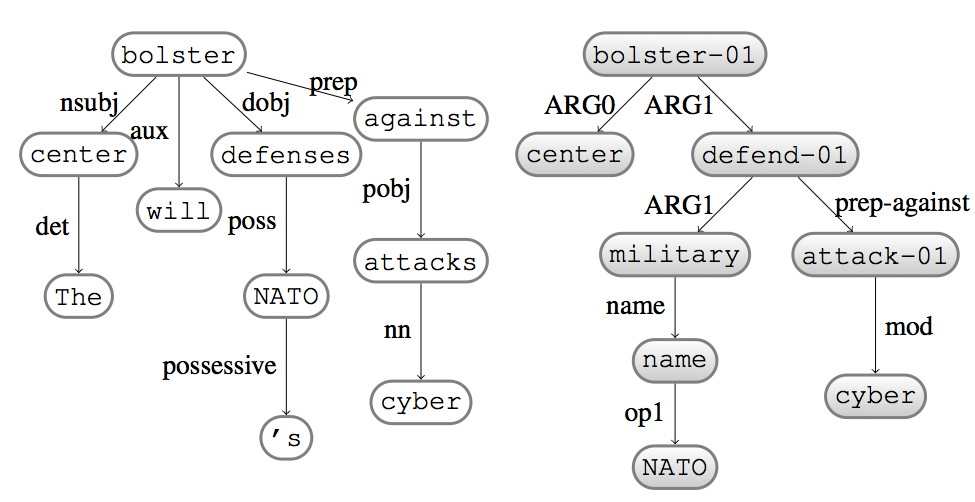Machine Learning for Natural Language Processing
Andreas Vlachos
a.vlachos@sheffield.ac.uk
Department of Computer Science
University of Sheffield
Session goals¶
- Understand some basic concepts in natural language processing
- Gain inutition behind machine learning approaches
- Explore how they can be applied to language assessment
What is Natural Language Processing (NLP)?¶






Why machine learning (ML) for NLP?¶
Learning from data adapts:
- to evolution: just learn from new data
- to different applications: just learn with the appropriate target representation
Compared to rule-based approaches, ML-based ones:
- offer wider coverage
- can capture more complex patterns:
- weighted features
- continuous representations (a.k.a. neural networks)

NLP =? ML¶
Short answer: NOt really
- Useful ML-based NLP captures linguistic intuition
- The target representations come from linguistics

Words of caution¶
When exploring a task, it is often useful to experiment with some simple rules to test our assumptions
In fact, for some tasks rule-based approaches rule, especially in the industry:
- coreference resolution
- natural language generation
If we don't know how to perform a task, unlikely that an ML algorithm will find it out for us
Session structure¶
Part 1: Text classification
- how to represent text as vectors
- learning a classifier with the perceptron
- more advanced classification methods
Break!
Part 2: Language Modeling
- count-based language models
- dealing with sparsity
- more advanced language models